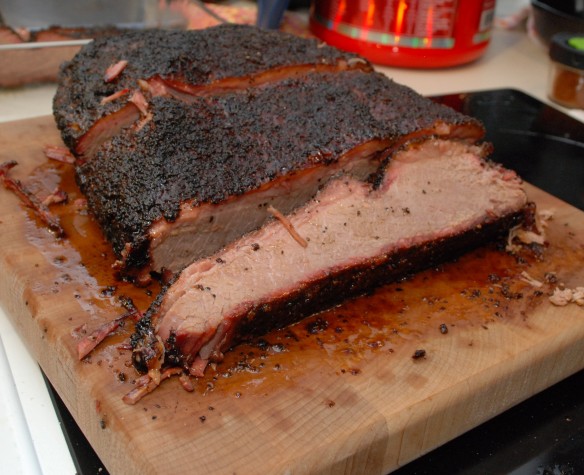This is kind of a puzzle in multiple ways. It is supposed to be presented to people as an impossible puzzle. How did the nail get there, how do you get it out? In reality, it was kind of a puzzle figuring out how to make it properly.
I have seen it described a number of times. Cut the shape out of a block of wood, boil the one end for a while, clamp it down in a vise till it dries, put the nail in, and reboil to (mostly) return the wood to its original form. The finished product pictured above is my 3rd attempt. The first two times had an issue
Something that isn’t stated, at least not in the articles I read, is that grain orientation matters a lot. The first two blocks of wood were flat sawn, and rolled badly under compression. See the picture below. The successful piece is a core cut and compressed evenly during the clamp. I don’t know if core woods work better than stuff near the edge, but my guess is you want something that is mostly quarter sawn for this trick.
See how it keeps rolling over in the vice. I couldn’t stop it, and reboiling the wood never straightened out very well. Another lesson was to use a brace and long bit instead of a power drill. The chuck kept getting in the way till I switched to the trusty old family heirloom.
To summarize a few lessons in case anyone else wants to do this:
- Be sure to get a really good boil, my first attempt wasn’t boiled enough and didn’t compress well
- Use quarter sawn wood, or a core piece, flat cuts roll with the grain
- Make sure you have a long enough bit
- Try doing two at once. It shouldn’t be any harder and gives better odds of success
- Be careful when sanding everything flush later, I broke one tab clean off trying to rescue it with heavy sanding the second block









































